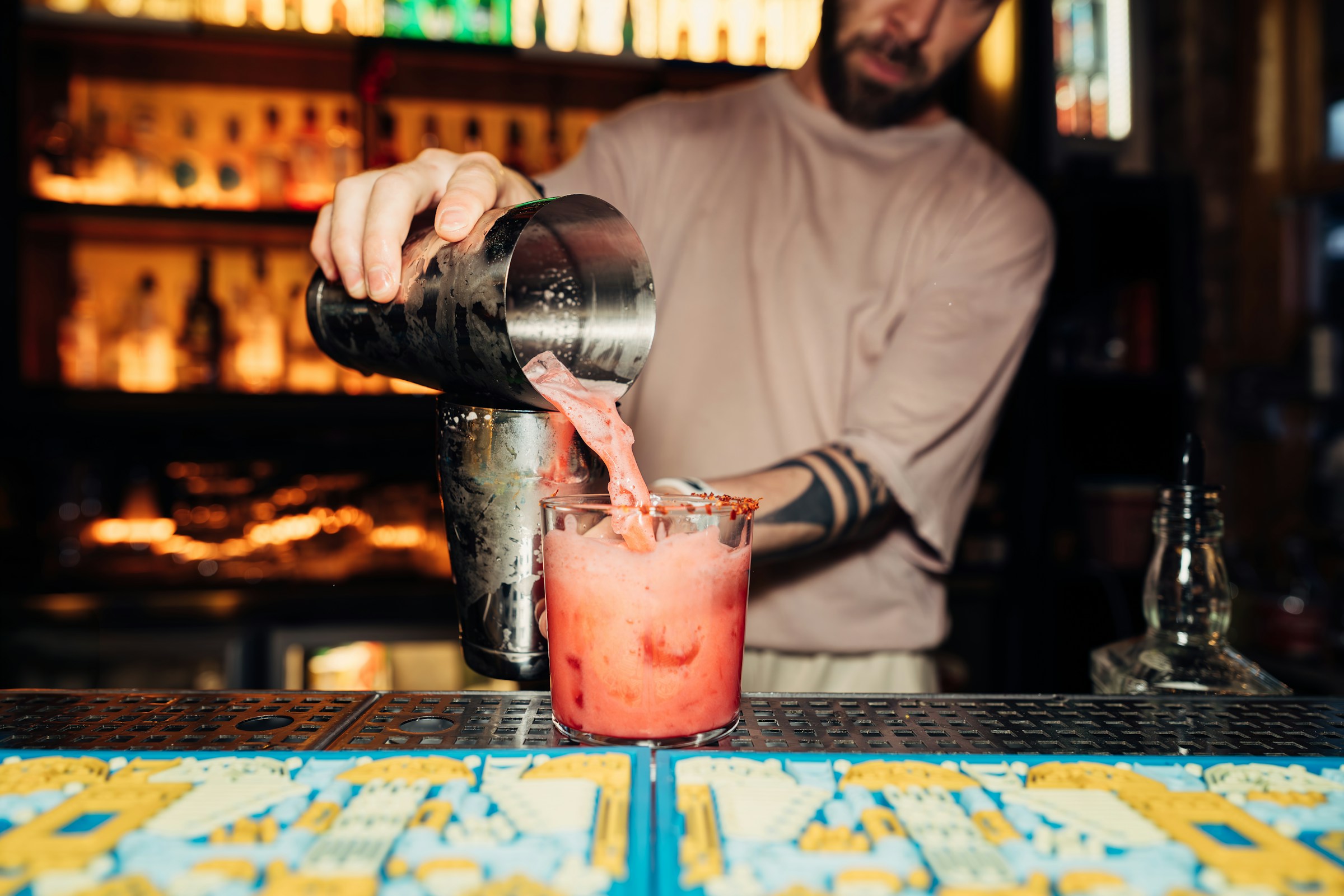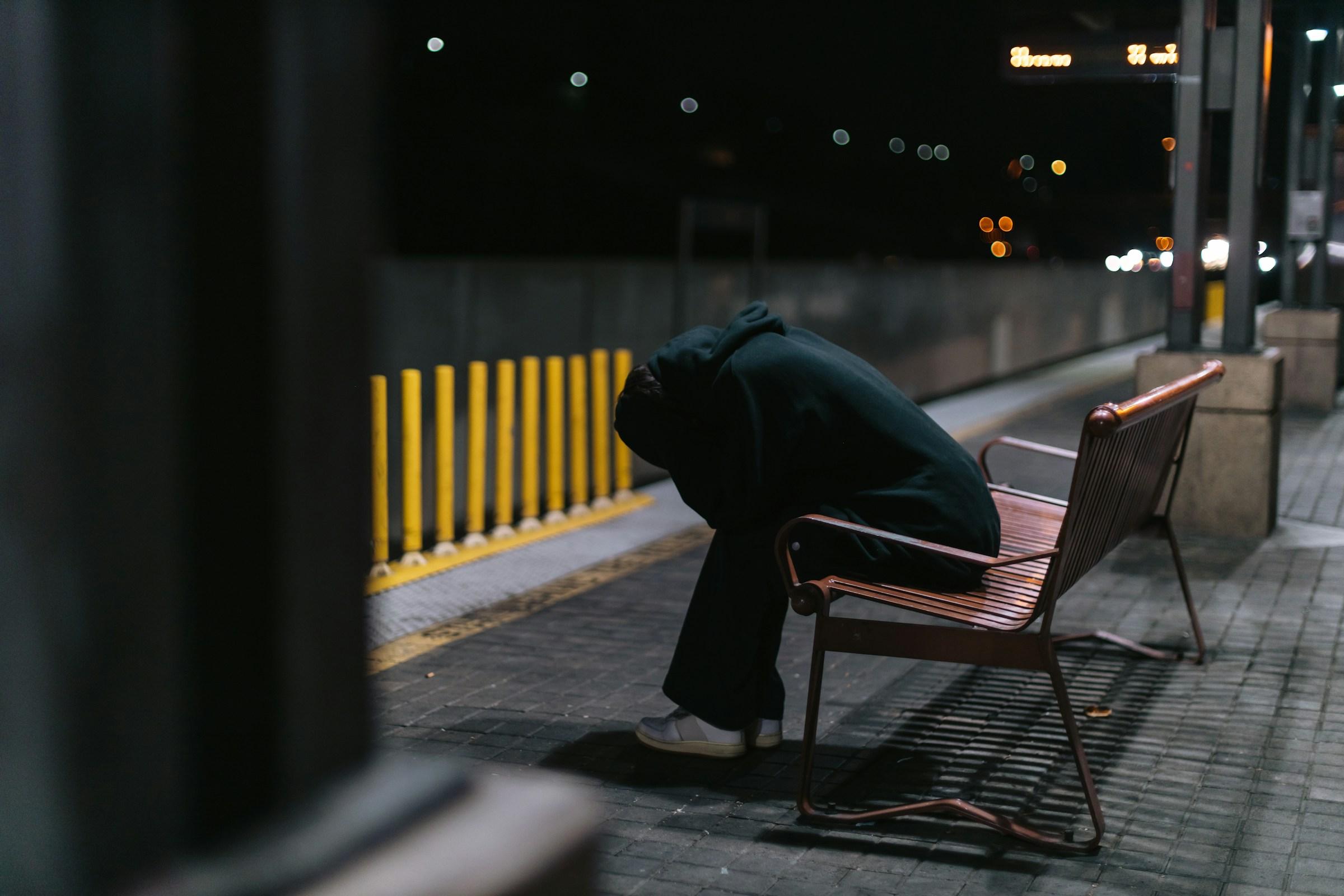The long arc of alcohol abuse rarely announces itself with a single dramatic moment. It begins quietly, inside familiar routines that feel social and harmless. A Friday plan becomes a weekend habit. A weekend habit becomes a weekday release valve. Over time, repetition reshapes the nervous system, rearranges priorities, and rewrites the story a person tells about who they are. The visible parts look like clinking glasses and late night laughter. The invisible parts accumulate in the body and mind until they form a new normal that feels difficult to name and harder to leave.
The brain absorbs the first and most important edits. Alcohol sits inside the reward system and teaches it to expect a shortcut to relief. At the beginning, a drink feels like a celebration or a reward after a long day. With repetition, the brain begins to accept that signal as the baseline for feeling okay. Pleasure that once arrived on its own now seems to require a pour. Over months or years, the colors of ordinary life look a shade flatter. Moments of joy still happen, but they require more effort to access, and they pass more quickly than they did before. This is not a failure of character. It is the predictable outcome of nudging the circuitry of motivation and reward toward artificial stability.
Memory follows. Alcohol disrupts how the brain encodes and files events, which is why short gaps after a heavy night are so common. When drinking becomes a long term pattern, the filing cabinet does not simply misplace a folder now and then. It begins to mix pages and lose labels. Names slip more often. Context blurs at the edges. Conversations feel familiar for reasons that are not entirely clear. Over a longer timeline, the risk of persistent cognitive decline rises, and even without a formal diagnosis, many people notice an unsettling drift. Stories repeat, not because they are favorites, but because the teller cannot remember which version was told to which friend.
Sleep appears to cooperate. In truth, it performs. Alcohol can help a person fall asleep faster, which is why it is so tempting for anyone trying to turn down a racing mind. The cost arrives in the second half of the night. Sleep becomes light and fragmented. Heart rate bumps up and down. Dreams turn vivid and strange. Morning fatigue grows sticky, and the afternoon becomes a negotiation with caffeine. Even after someone cuts back or stops, the body can continue to anticipate the wrong choreography, which is why it can take time to restore real rest. The problem is not simply tiredness. It is the slow erosion of the mental clarity and emotional steadiness that quality sleep protects.
Mood narrows under this pressure. Irritability appears more often. Anxiety hides in plain sight and gets rebranded as being private or aloof. Depression lingers longer after difficult days. The highs feel fewer. The lows overstay their welcome. A person’s emotional range does not disappear, but it becomes harder to access the full spectrum. This affects the individual first, then everyone close to them. Partners make adjustments to avoid conflict. Children grow fluent in reading tones and footsteps. Friends begin to limit invitations or accept that the friend they see at night is different from the friend they need in the morning.
The cardiovascular system negotiates the consequences every day. Long term heavy drinking nudges blood pressure upward and strains the heart muscle. The effect rarely arrives as a single crisis. Instead it shows up as small choices that accumulate. The elevator replaces the stair. A five minute walk becomes a ride share. Workouts vanish from the calendar. Strength and stamina drift from identity into memory. Clothes may still fit, yet the feeling of vitality fades, which creates a loop where lower energy becomes a reason to repeat the behavior that lowers energy.
The liver remains the organ most people associate with alcohol, and for good reason. Early changes are reversible, which can make the problem easy to dismiss. Fat accumulates. Inflammation visits. Scar tissue begins to form, often without noticeable symptoms. By the time a person feels the consequences, the backstage work has been underway for years. Medical language describes this with polite phrases like elevated enzymes or abnormal function. A more accurate picture is simple. The organ that quietly filters and supports almost everything a body needs has been overworked and is asking for relief.
Cancer risk is another part of the long term story that often gets ignored because it sounds like a distant warning from a brochure. It is not distant. Alcohol raises the risk of several cancers, particularly those in the mouth, throat, esophagus, liver, and colon, and it contributes to risk in hormone sensitive tissues. The mechanism is not mysterious. The body converts alcohol into compounds that cause damage. The more frequent the exposure and the longer the timeline, the greater the risk. No single evening determines the outcome. The pattern sets the stage.
Hormones and metabolism adjust in ways that many people notice without connecting back to alcohol. Appetite waves between strong cravings and brief avoidance. Weight creeps upward or fluctuates. Blood sugar becomes unpredictable. Skin dulls for some people, and the eyes look puffy more often. Others look fine in photos while their lab results tell a different story. Fertility can suffer for all genders. Pregnancy risks are real, and the consequences land most heavily on the child who had no part in the decision. None of these facts exist to invite shame. They exist to clarify cause and effect.
The gut keeps a running commentary that becomes less diplomatic as time goes on. Reflux arrives more frequently. Bloating becomes a regular guest. Inflammation turns from a weekend visitor into a season. Nutrient deficits can hide behind a fog of fatigue and low motivation. Hair thins. Nails split. Bruises seem to appear more easily and linger longer. Each issue is small enough to excuse by itself. Together they create a portrait of a system that needs attention and care.
Dependence seldom looks like movie scenes. It looks like rules. Only on weekends. Only beer. Only with friends. Only after work. The rules expand, soften, and then contradict one another. Tolerance rises, which means the same feelings require more quantity. Withdrawal enters quietly as a morning tremor, a brief sweat, or a wave of vague dread. The calendar fills with reasons to keep going. Stress at work. Tension at home. A holiday that requires a toast. A victory that calls for a reward. A loss that begs for relief. Many doors begin to open into the same room.
Relationships carry a large share of the long term cost. Loved ones rearrange daily routes to avoid arguments. Children learn the weather of a home by the sound of keys in the lock. Friend groups drift into two overlapping circles. One circle continues the late nights. The other retires quietly. Trust becomes a currency that everyone spends and few replenish. Apologies appear like flowers after a storm. They are lovely and sincere. They do not repair the roof.
Money records the same story with different nouns. Tabs grow. Deliveries pile up. Next day fixes demand their own budget lines. Missed mornings become missed opportunities. The plan that used to include savings, travel, and a little play starts to revolve around maintenance. Not growth. Not repair. Maintenance. Subscription boxes feel like lifelines. Abandoned online carts look like priorities trying to find their way back into the month.
Work gives cover longer than any other part of life. High performers can hide inside results. The pattern still leaks. Deadlines are met with more drama. Messages lose clarity in the afternoon. The schedule shifts to protect mornings and to recover from nights. Promotions slow. Reputation tilts from reliable to mercurial. Colleagues may not know the root cause. They know the pattern that makes them hesitate.
The digital archive keeps its own record. Photos that felt carefree at twenty two read as fatigue at thirty two. Jokes change tone. Late night comments multiply. Morning replies go missing. Algorithms select a version of a person and present it back to them until it begins to look true. When someone decides to change, the internet version lags behind, like a friend who missed the update and keeps telling the old story.
Communities reveal the truth in quiet ways. The midweek crowd at a bar becomes a fragile family. Holidays turn into negotiations between tradition and self preservation. Weddings feel like checkpoints. Funerals arrive too close for comfort. There is also tenderness here. People who pause or stop drinking often find one another as if there were a hidden lane through traffic that only becomes visible when you need it. Culture shifts slowly but it is moving. Mocktails are no longer an afterthought. Dry months are no longer a punchline. Group chats replace pressure with relief.
Recovery is not a montage of rapid wins. It is renovation with dust and delays. Brain chemistry needs time to recalibrate. Sleep improves in layers. Mood widens and steadies. The liver can repair more than most people expect once it is given the chance. Relationships can heal, although not every relationship will survive the transition. Social maps need redrawing. Weekends learn a new center of gravity. People who change do not become strangers to themselves. They become more legible and more consistent than they were before.
The longest truth is simple. The effects of alcohol abuse are not just medical points on a list. They are edits to a life. They change the way a birthday feels. They change the tone of Sundays. They change the experience of silence. They ask a person to notice what they enjoy without rituals that keep stealing tomorrow. That request can be frightening. It is also an invitation to recover attention, energy, and connection.
There is room for honesty and joy at the same time. Culture can make that room. A person does not need to ban fun to tell the truth about cost. The truth is that when the party becomes the plan, the plan begins to hollow out everything else. If there is a shift underway, it looks like people wanting agency without pretending to be invincible, and connection without the tax of next day regret. Clear mornings. Real laughter. Sleep that stitches a person back together. Conversations that land and stay. These are the returns that compound when the cycle changes.






.jpg&w=3840&q=75)







.jpg&w=3840&q=75)